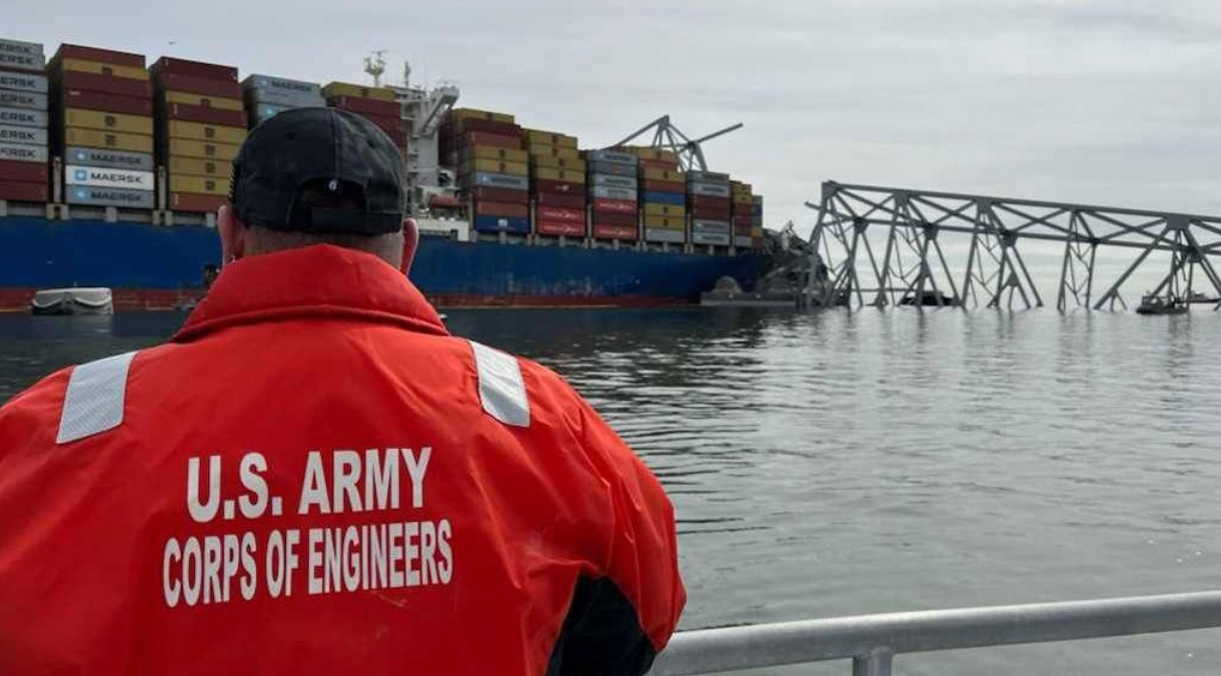
Logistics companies are facing a frantic scramble to adapt after the closure of the Port of Baltimore, following the Francis Scott Key Bridge collapse early Tuesday. The tragic accident occurred when the 10,000-container capacity vessel Dali collided with a bridge pillar, prompting a massive rescue effort. The closure has sent shockwaves through the industry, with urgent messages being relayed between logistics providers and clients along the East Coast.
According to Richard Meade, editor-in-chief of the shipping journal Lloyd’s List, the impact will be substantial. He predicts numerous diversions in the coming weeks and months, with a ripple effect on supply chains. Paul Brashier, VP of drayage and intermodal for ITS Logistics, highlighted the immediate need to reroute containers to alternative ports, such as New York/New Jersey and Norfolk.
The Port of Baltimore plays a crucial role in the region’s logistics network, handling over 52 million tons of foreign cargo valued at approximately $80 billion last year. Its closure is disrupting various industries, particularly automotive, as Baltimore is a top port for auto shipping in the United States. This disruption is expected to impact not only imports but also exports, including coal, natural gas, and agricultural products.
Alternative routes for vessels are being explored, with ports in Wilmington, Delaware; Philadelphia; and Norfolk emerging as potential alternatives. However, the additional distance and logistical challenges may exacerbate congestion and disrupt supply chains further.
The aftermath of the collapse is causing logistical headaches for retailers and exporters alike. Major companies like Home Depot, IKEA, and Amazon rely on the port for importing goods. Meanwhile, exporters face increased trucking and rail rates as volumes are rerouted to alternate ports.
While the immediate focus is on managing the diversion of trade traffic and minimizing disruptions, the long-term implications loom large. The bridge reconstruction is anticipated to be a costly and time-consuming endeavor, with estimates suggesting it could take over two years to complete.
Despite the challenges ahead, industry experts express confidence in the resilience of East Coast ports and the adaptability of logistics operations. However, the full extent of the impact on global supply chains remains to be seen, as efforts continue to mitigate disruptions and restore normalcy to maritime operations.
Source:CNBC


